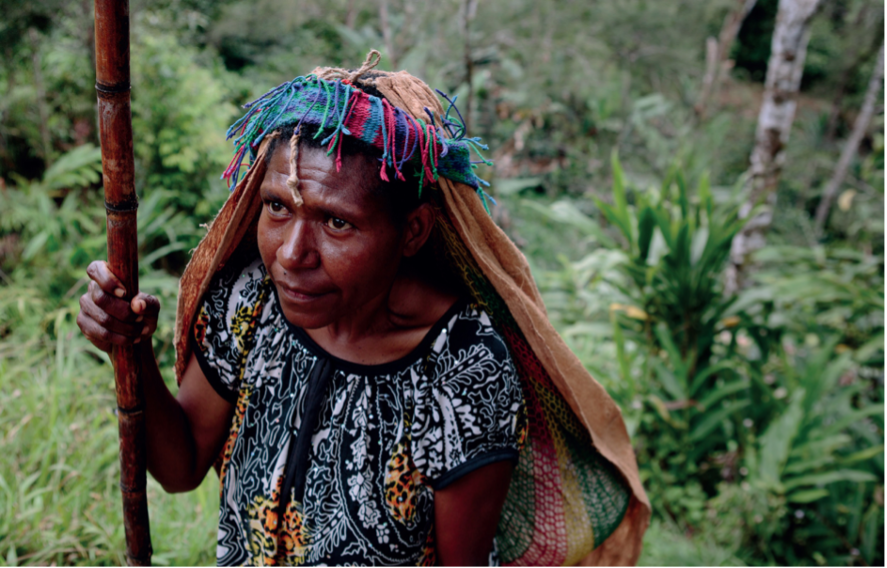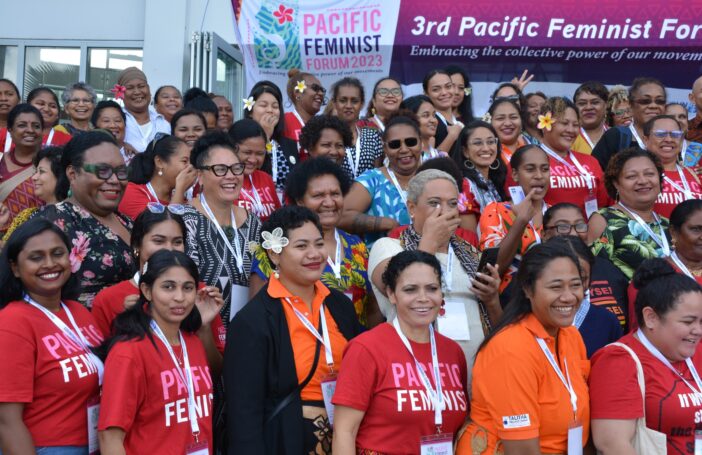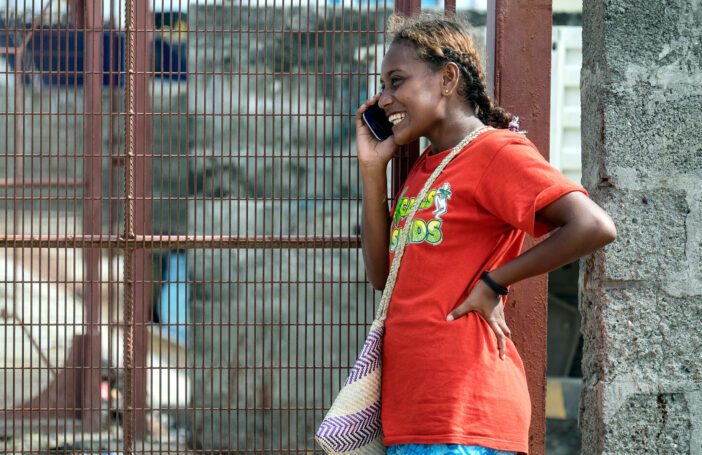A new Australian Aid report, ‘From Participation to Power’, draws on nearly 10 years of the Australian government’s Pacific Women program – one of the largest, sustained aid commitments to gender equality in the world – to investigate what works to build women’s economic empowerment in the Pacific region.
Its key message is that women’s economic participation does not automatically lead to empowerment and economic equality with men. For economic development initiatives to meaningfully advance the ‘empowerment’ element of women’s economic empowerment, it is critical to address gendered power dynamics. This includes the distribution of resources, violence prevention, women’s time and care responsibilities, and opportunities for collective action and mutual support building.
Mainstream development discourse has regularly portrayed women’s economic participation as an automatic ‘win/win’ for economic development and women’s empowerment. However, this has not always been the experience of Pacific Women partners. Increased income does not necessarily reduce the risks faced by women, and women may face criticism, increased restrictions on their mobility, and violence as they undertake ‘non-traditional’ activities outside of the home. The non-financial dynamics of women’s empowerment, such as leading, influencing and organising are also crucial as many women will not feel that they are entitled to equality with men.
The report highlights how Pacific-led programs have strategically addressed gender inequality as a component of economic growth initiatives. By deliberately considering gender dynamics and meaningfully pursuing women’s empowerment, these programs have reduced poverty and increased the economic opportunities and wellbeing of individuals, households, businesses and communities.
The report’s findings are summarised into seven lessons.
1. Use Pacific-centred, women-led approaches
Women’s economic empowerment programs and interventions must be appropriate and relevant to the ways in which women operate economically. Women are typically not consulted in the formation of economic policy and industrial strategies. However, women have specific economic priorities, strengths and needs based on their contexts.
2. Deliberately address gender stereotypes
Women may face criticism, increased restrictions on their mobility, and violence as they undertake ‘non-traditional’ activities outside of the home and because they are disrupting what is considered acceptable behaviour for women.
3. Take steps to support women to be safe from violence
If women are to equally participate in and benefit from the financial economy, they need to be supported and safe from men’s violence. Violence reinforces gender inequality and manifests as: controlling behaviour; economic violence; sexual, physical and emotional violence; and denial of bodily autonomy.
4. Collective action and cooperation are key
Collectives support members to increase productivity, protect their income and improve their working conditions. Critically, women’s participation in collectives also facilitates women’s safety, leadership and collective voice to advocate for their economic needs and priorities, and for their rights.
5. Encourage a more equal division of labour between women and men
Reducing and redistributing women’s unpaid care and household work requires commitment for change in multiple areas, including the provision of affordable childcare, gender-responsive infrastructure investment, child-friendly education and workplaces, recognising care as work, and increasing the contribution of men and boys to care work, among others.
6. Plan to reach the most marginalised
Planning and designing for the most visible and most vocal in society risks failure to reach the most vulnerable and marginalised people in society. When economic development initiatives aim to ‘leave no one behind’, then they must consider the reality of the lives of women and girls in the Pacific, where poverty rates are high, businesses are small, and employment opportunities are low.
7. Ensure employment practices are both safe and fair
For employment to enhance women’s empowerment it must be secure and involve decent working conditions.
Download the full report ‘From Participation to Power: Women’s Economic Empowerment in the Pacific’.





It’s not easy to get to the report and I went from 1, to 2, to 3 links and finally found ‘enhancing agency’ as a possible heading where I thought I might find something about provision of family planning advice and contraception. And I still found nothing. How can economic empowerment be achieved without access to reproductive rights? Or have I missed something?
Isabelle, thanking you for posting. ‘From Power to Participation’ is an excellent piece of work by the Pacific Women team and an invaluable resource for gender programming in the Pacific, based on findings of almost 10 years of program. Great that the lessons learned can shared (and hopefully adopted) more widely.